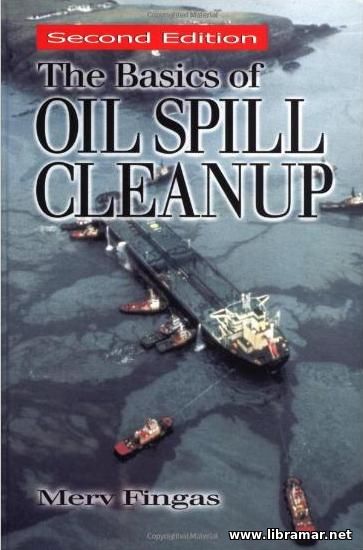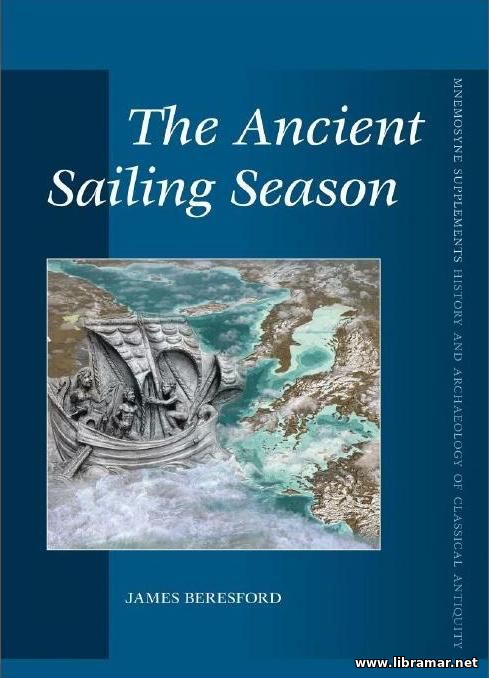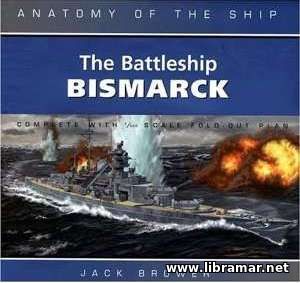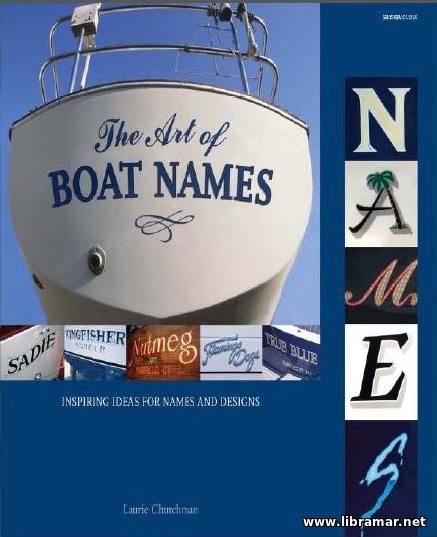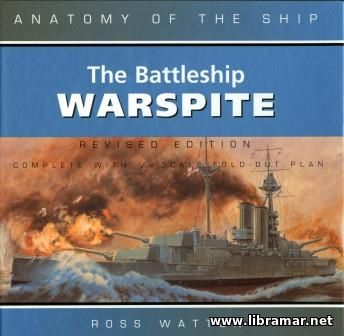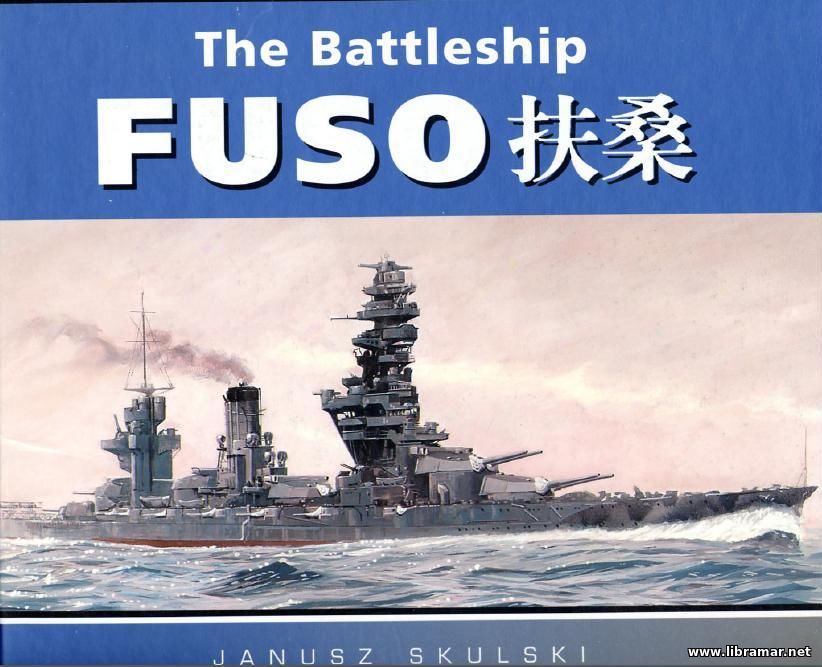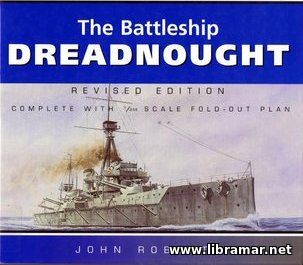
On 10 February 1906 the hull of the first all-big-gun battleship, HMS Dreadnought, was launched at Portsmouth Dockyard. Over 6000 tons of material had been built into her since her laying down just nineteen weeks beforehand. Eight months later she went to sea for the first time for her preliminary steam trials and, although this did not mark her final completion, the production of a seagoing warship of 18,000 tons, and of a new type, in such a short period of time was a remarkable achievement. The speed with which she was built was the product of the need to evaluate her qualities at the earliest opportunity and, more importantly, to steal a march on foreign navies for her revolutionary design would, if successful, render existing battleship designs obsolete.
She was, indeed, a great success and marked the beginning of a new era in battleship development; she gave her name to all subsequent vessels of the type, which became known as dreadnought battleships, or simply 'dreadnoughts'. This British coup was unusual for, in theory at least, the Royal Navy, with its enormous fleet, had the most to lose from the premature obsolescence of its battleships and had a tradition of not initiating revolutionary ideas for this very reason. That this was not the case on this occasion was due to the foresight of the recently-appointed First Sea Lord, the dynamic Admiral Sir John Fisher. He knew that other countries, in particular the United States, were progressing toward the all-big-gun concept and that such a ship would be built sooner rather than later. Another consideration was the general improvement in the building times in foreign yards, particularly in Germany, which threatened to undermine Britain's ability -enjoyed throughout the 1890s - to outbuild her rivals using the superior efficiency of her shipyards.
Under these circumstances the development of a new type abroad could have seriously weakened the Royal Navy's dominant position; but if Britain took the lead it would at least provide a chance to begin rebuilding the battlefleet while others were still catching up. In fact, a substantial breathing space was obtained and Britain was to lay down a further three dreadnoughts before Germany laid down her first in June 1907. Even so, Germany was to complete thirteen against Britain's twenty by the outbreak of the War in 1914 leaving a margin of superiority well below that enjoyed in the pre-dreadnought period.

